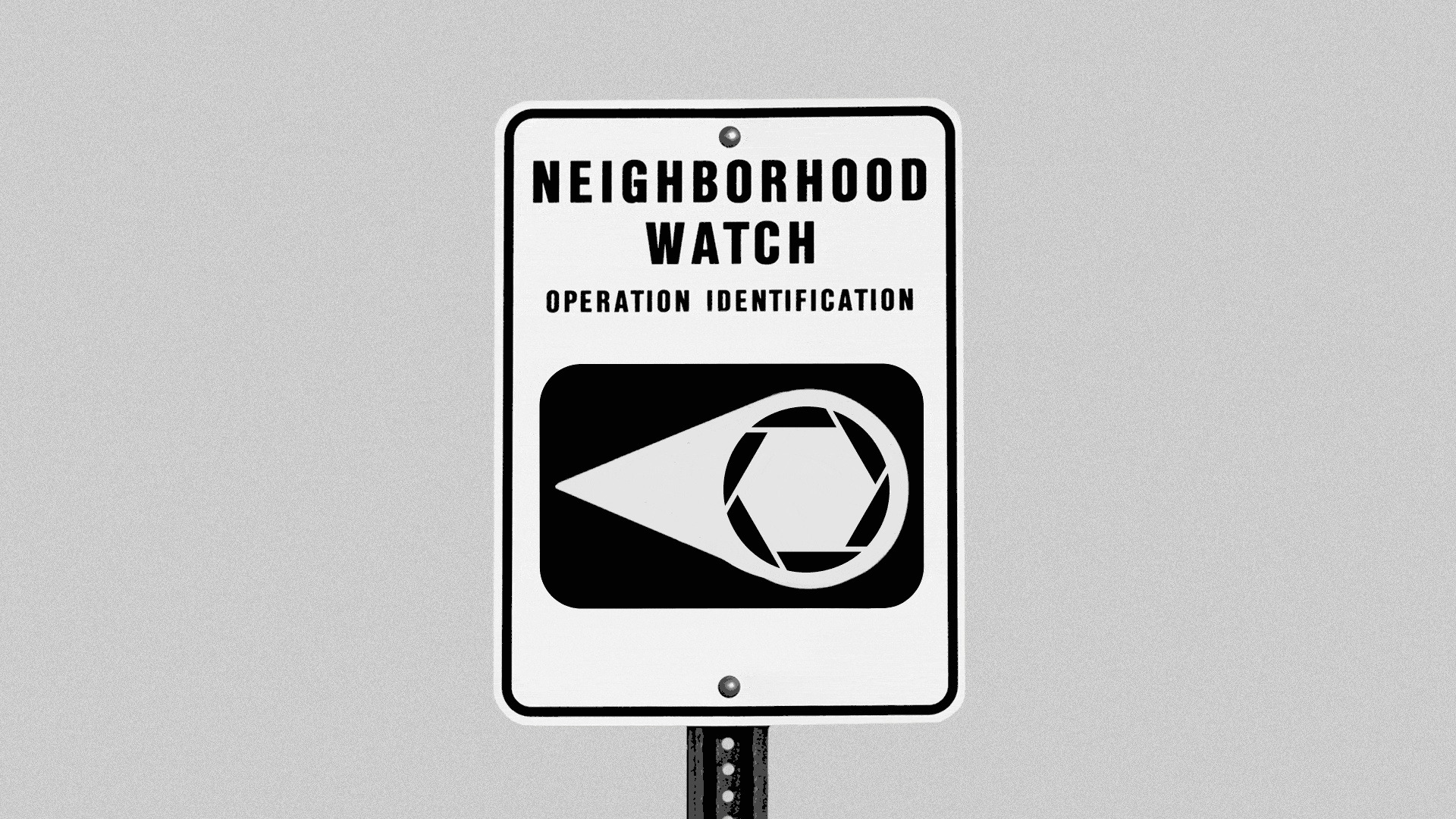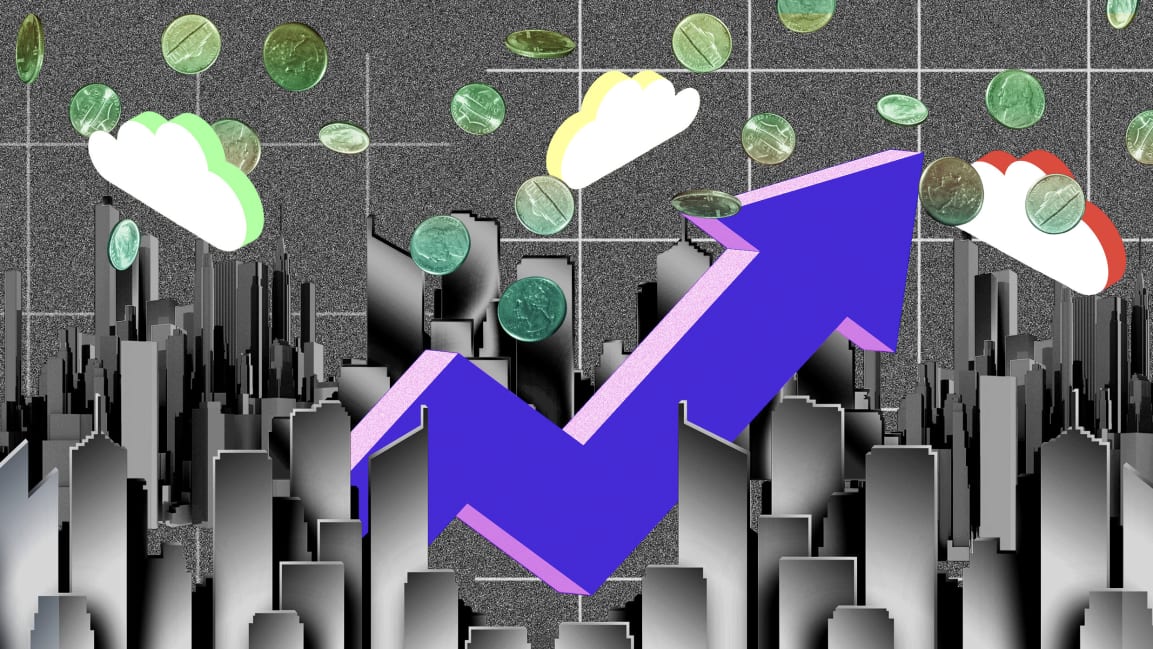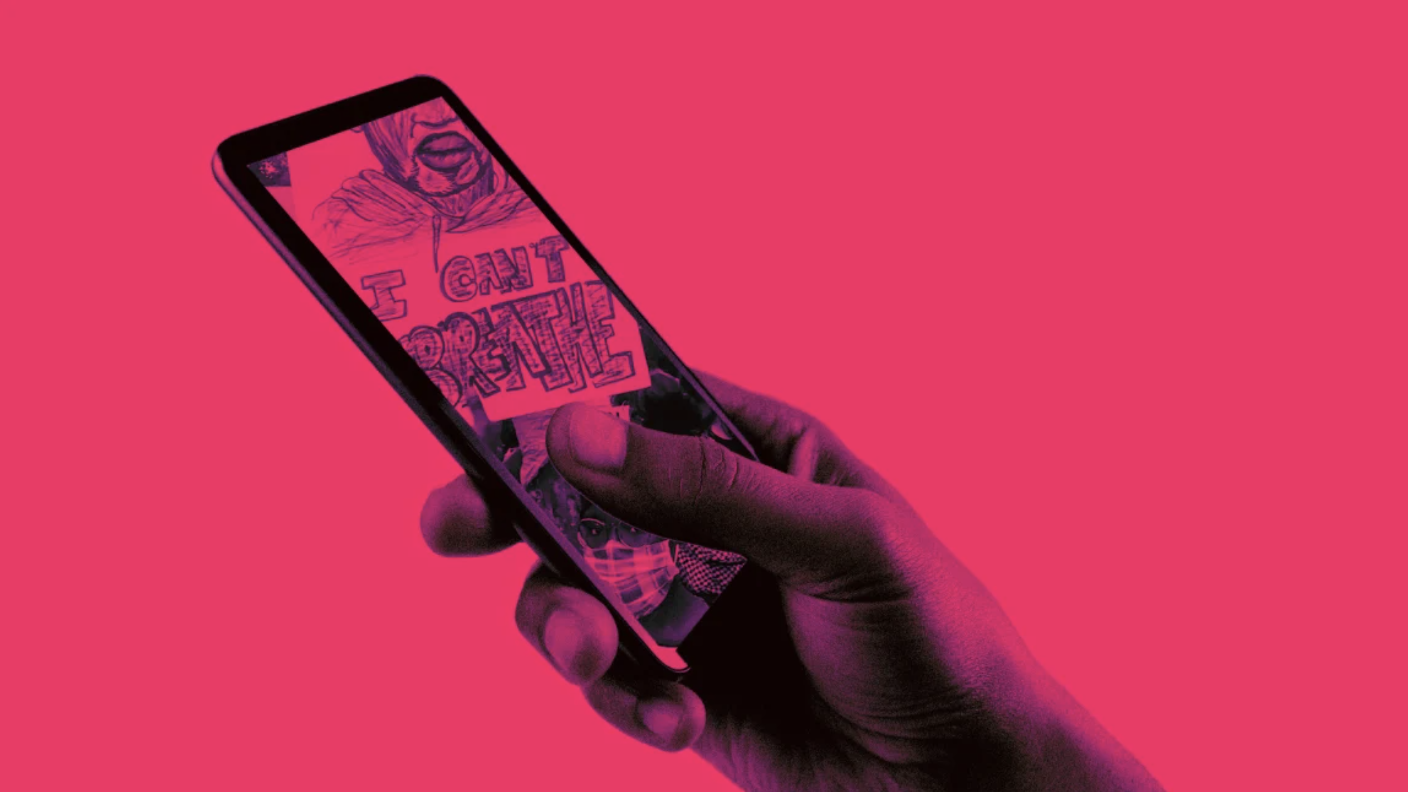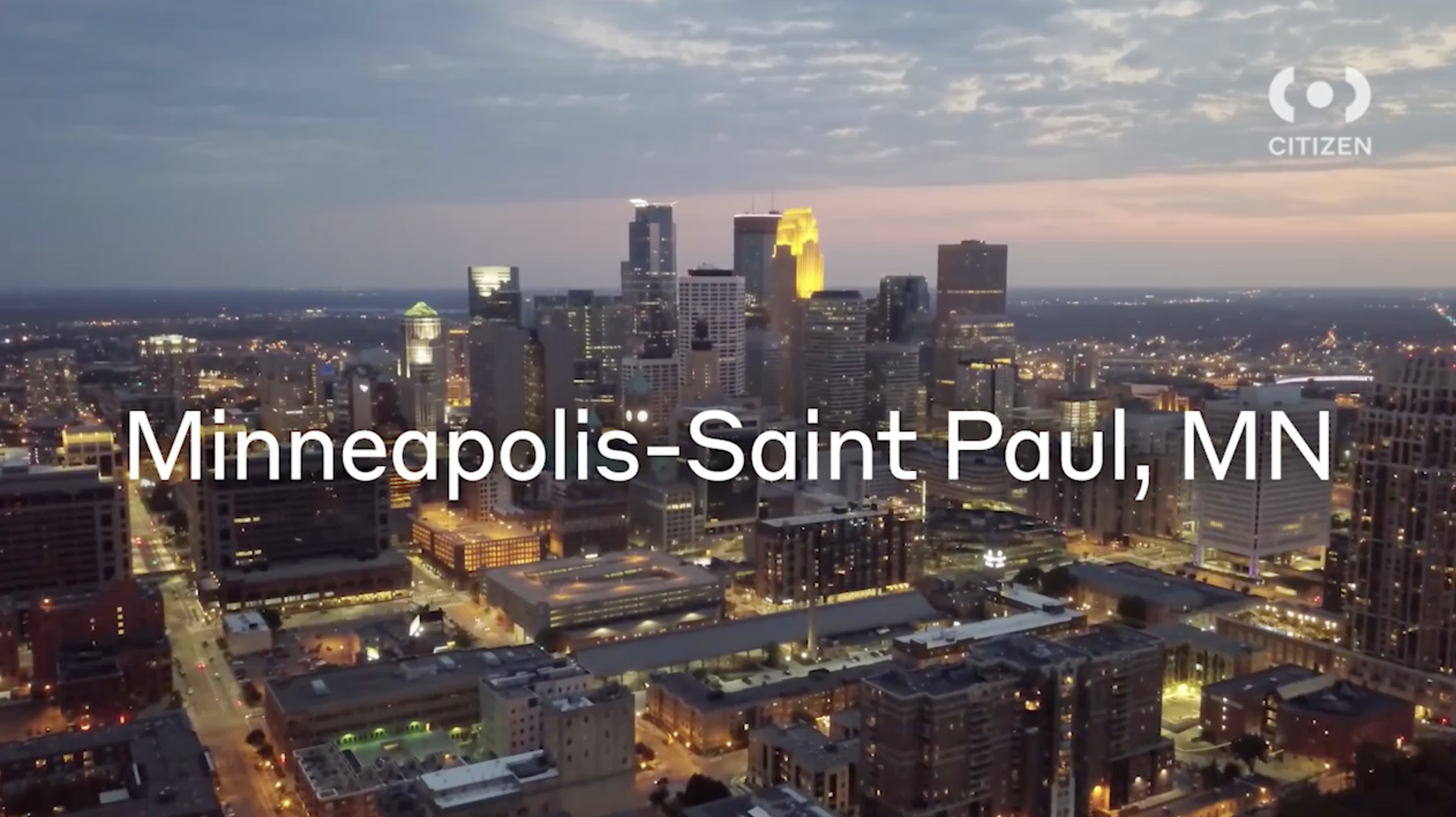Citizen’s plan to keep people safe (and beat COVID-19) with an app

Citizen CEO Andrew Frame talks privacy, safety, coronavirus and the future of the neighborhood watch.
Citizen is an app built on the idea that transparency is a good thing. It’s the place users — more than 7 million of them, in 28 cities with many more to come soon — can find out when there’s a crime, a protest or an incident of any kind nearby. (Just yesterday, it alerted me, along with 17,900 residents of Washington, D.C., that it was about to get very windy. It did indeed get windy.) Users can stream or upload video of what’s going on, locals can chat about the latest incidents and everyone’s a little safer at the end of the day knowing what’s happening in their city.
At least, that’s how CEO Andrew Frame sees it. Critics of Citizen say the app is creating hordes of voyeurs, incentivizing people to run into dangerous situations just to grab a video, and encouraging racial profiling and other problematic behaviors all under the guise of whatever “safety” means. They say the app promotes paranoia, alerting users to things that they don’t actually need to know about. (That the app was originally called “Vigilante” doesn’t help its case.)
Above all, Citizen raises questions: When does safety trump privacy? What are people willing to give up or risk in order to keep themselves and their loved ones safe? What does “safety” even mean in an increasingly digital world?
Frame joined the Source Code podcast to discuss all that and more. He talked about the app’s history, what it means to promote safety above all else, how his company tried — and failed — to fight COVID-19 long before other tech companies got involved and what it means to be a good Citizen citizen.
The following excerpts from our conversation have been lightly edited for length and clarity.
Citizen has had sort of a windy history, so maybe go all the way back to the beginning of the product and the company. What was the thing you were trying to build when you started out building it?
I wanted to build something that was consumer [facing], because that’s where my passion lies. And I feel like that’s the only thing I’m sort of good at. It had to be mobile first, network-effect driven, with a very noble mission so that once the network effect activates, hopefully, it becomes the gift that keeps on giving.
As soon as I identified wanting to build a safety product, the question was, how do you get to market with a product that keeps people safe? There was a moment where I was sitting outside, and I was just thinking about, what is the Trojan horse to build a safety system? And it just dawned on me: I think all of us remember playing with police scanners, and listening to police. It’s this incredible data stream that is filled with people in need of help. And it was just this closed system that had open access for listening. When a fire hits a building, nobody knows except the fire department. Why don’t the 1,000 people inside of the building know that their building is on fire? The information is right there, transmitted right through the walls of that building.
And so it just instantly hit me: Let’s open this system, create a trusted shared safety system where police and civilians and everybody has access to the same information. There are so many great byproducts of creating this open, shared system, one of which is you get the people out of the burning building. You get the kidnapped kid back because you got the whole neighborhood engaged. You eliminate police brutality, because now you’ve built what I call “conditional transparency.” It’s not a radical transparency. It’s a conditional transparency, meaning the transparency hits once a kid is missing. It doesn’t mean there’s overhead planes surveilling, there’s no surveillance state in this. It’s simply transparency when it is urgently needed. And that was kind of the genesis of this thing.
. . .
Keep reading the full post from Protocol.
Image: Citizen added COVID-19 tracking to its app over the summer — but its bigger plans got derailed. | Photo: Citizen







